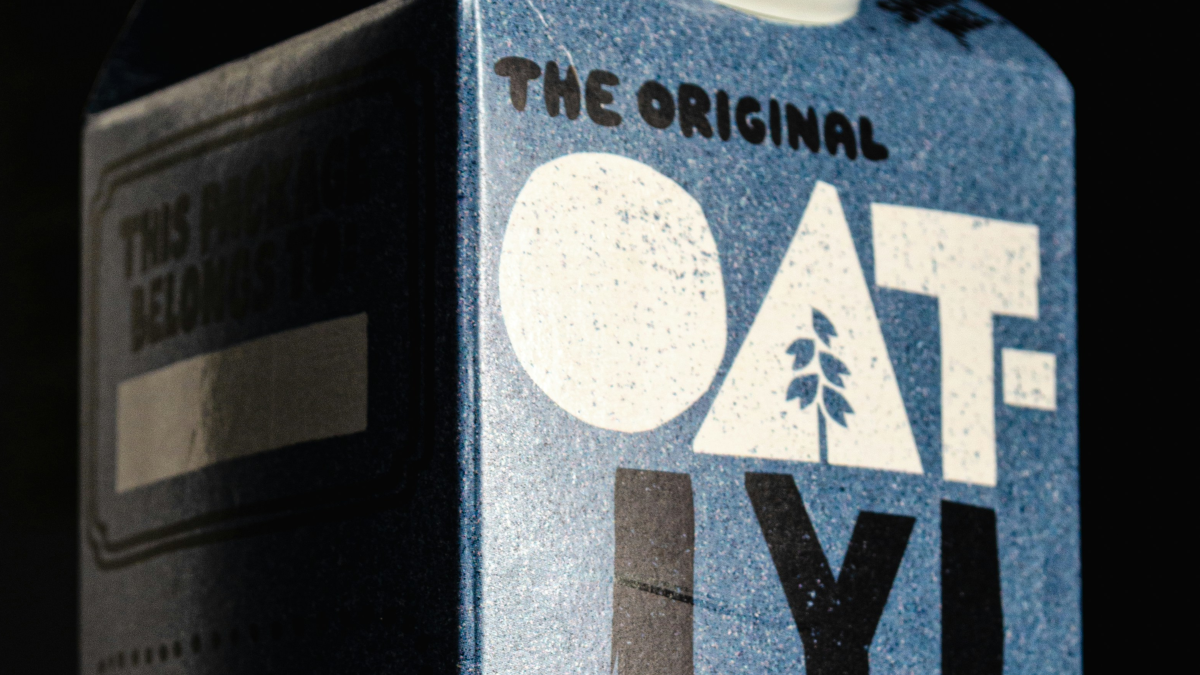Standing out requires more than creativity — it demands a deep understanding of how the human brain processes information
This is crucial for creating and executing marketing strategies, campaigns, stories, and internal communications. Neuroscience-led storytelling is one powerful way of doing this. By leveraging insights into how the brain handles information, emotions, and experiences, brands can create stories that captivate, engage, and influence audiences more effectively. It allows us to go beyond mere visual memorability, instead forging deep neural connections within consumers’ minds. Of course, this is by no means a new concept, but its value is becoming increasingly apparent as technology advances and consumer behaviour evolves. In an era where audiences are inundated with content, understanding how the human brain processes information carries obvious advantages.
Breaking down barriers with visual campaigns
A study published in Scientific Reports showed that researchers could predict participants’ basic choices 11 seconds before they consciously made their decision. This underscores how our brains construct reality by interpreting signals, with many of our actions occurring on autopilot, managed without conscious awareness. By leveraging neuroscience, brands can create visual narratives that truly register within a consumer’s brain, breaking down barriers and developing deeper connections with their audiences. Take this project for The School of Life as an example.
The video, which explores overcoming psychological barriers, has been structured using neuroscience principles to optimise focus and engagement through several key techniques:
- Simplicity: The human brain is wired to prefer simplicity, as it reduces cognitive load. The video avoids clutter and complex visuals, focusing instead on clear, concise imagery that conveys the core message effortlessly.
- Colour: Colours significantly impact our emotions and attention. The video uses a calming and engaging palette, strategically employing contrasting colours to highlight important information and guide the viewer’s focus.
- Structured scenes: The video is broken down into easily digestible segments, each designed to build on the previous one, maintaining a logical flow. This structure helps enhance retention, as the brain finds it easier to follow a coherent storyline.
We know that the human brain responds more effectively to specific visual cues. Simplicity, colour, and structured scenes are not just artistic choices — they’re scientifically proven methods to enhance focus and retention. In The School of Life project, every scene was crafted to hold viewers’ attention, making complex psychological concepts accessible and engaging. The result? 233,000 views, with many watching the entire 10 minutes without distraction.
Inspiring examples from the wider industry
Globally, brands like Coca-Cola, PepsiCo, and P&G have used neuroscience principles for years to optimise their marketing strategies and enhance consumer engagement. However, as the science becomes more understood and accessible, more companies are taking note:
1. Oatly
Known for its distinctive approach in the dairy industry, Oatly’s ‘It’s like milk, but made for humans’ campaign uses bold, simple visuals and eye-catching designs. Our brains process these elements more quickly and efficiently, making the message more memorable and helping it stand out amidst the noise. Additionally, the campaign’s use of humour activates the brain’s reward system, releasing dopamine, which enhances retention and recall. This approach not only created a buzz but also fostered a strong emotional connection with consumers.
2. BeReal
This photo-sharing app encourages users to share unfiltered, authentic moments, focusing on real-time sharing to foster genuine connections. This approach aligns perfectly with Gen Z’s preference for authenticity over curated perfection. BeReal taps into the brain’s preference for immediacy and authenticity. The prefrontal cortex, which is involved in social cognition, responds positively to real-time, unfiltered content as it mirrors genuine human interactions. Gen Z, having been exposed to digital content from a young age, is particularly attuned to authenticity. As a result, authentic, unfiltered content is processed as more trustworthy and engaging.
3. VRChat
This platform allows users to create and explore virtual worlds, promoting a sense of community and self-expression. Virtual reality engages multiple senses, creating a more immersive and memorable experience. This multi-sensory engagement leads to stronger neural connections and a more profound sense of presence. Additionally, the diversity of user-generated content keeps the brain engaged through novelty and variety. Our brains are wired to pay attention to new and varied stimuli, which VRChat provides in abundance.
These are just several examples of how brands are currently integrating neuroscience into their marketing. They’re creating campaigns that don’t just capture attention; they foster deep, emotional connections that make their messages more impactful and, most importantly, memorable.
The science behind the success
Neuroscience indicates that our brains are wired to pay attention to stories and visuals that evoke emotion and resonate with our personal experiences. Campaigns like those mentioned earlier succeed because they tap into these neural pathways, making their messages memorable and impactful.
Understanding these neural mechanisms is essential for crafting stories that not only capture attention but also drive action. By integrating these principles into storytelling, brands can stand out and truly connect with their audiences.
Embracing the future
As we look ahead, the landscape of branding and marketing continues to evolve. The brands that will succeed are those that dare to do things differently, leveraging new technologies and insights from neuroscience to forge deeper connections with communities.
By embracing the unknown and focusing on authenticity and innovation, brands can thrive in the ever-changing market landscape.
Featured image: Bob Oyoo / Unsplash

